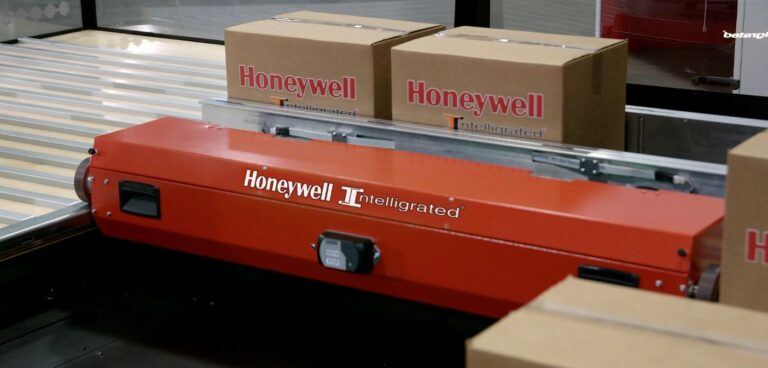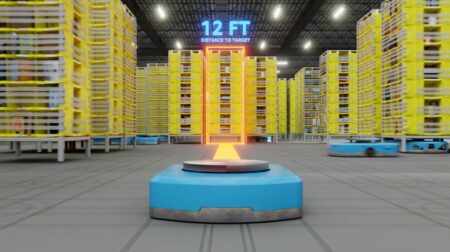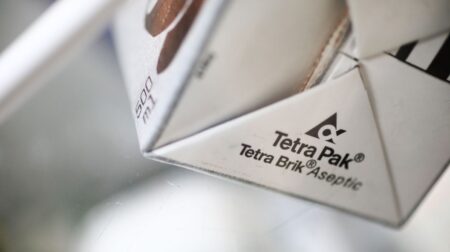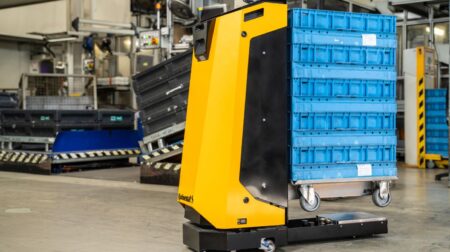Honeywell’s new AI-powered automated storage and retrieval system (AS/RS) is designed to help warehouses, distribution centres and manufacturing sites receive, process and fill orders faster and more accurately, while potentially reducing storage footprint.
The AS/RS uses machine learning to allow warehouse and distribution centre operators to better keep up with unprecedented e-commerce growth.
“The rapidly evolving retail market is pushing distribution centres to find and use innovative, flexible and automated approaches to e-commerce order fulfilment,” said Ben Cardwell, president of Honeywell Intelligrated.
“Growing inventories, the rising cost of land and other pressures are pushing operations to make the most efficient use of available space. Honeywell’s next-generation AS/RS technology allows our customers to better utilise unoccupied vertical space, potentially eliminating the need for building or renting additional warehouse space.”
Space-saving solutions like AS/RS have proven to be a top priority for distribution centres that need to operate efficiently. A recent Honeywell study showed six in 10 e-commerce companies plan to invest in automated storage and retrieval systems in the next year.
Honeywell’s scalable automated solution is designed to maximises floor space and helps efficiently manage more than 20,000 SKUs using high-speed shuttles with configurable end and intra-aisle vertical lift locations.
Combined with Honeywell Intelligrated’s momentum warehouse execution system with decision intelligence, once an order comes to the distribution centre system, the shuttle will retrieve goods from one or more aisles and deliver them directly to a Goods-To-Person station for order consolidation. Honeywell said the shuttle solution is ideal for operations that handle small cases, trays and totes.
“Distribution operators are now being asked to contribute more to overall business objectives, requiring managers to streamline processes, reduce costs and maximise the return on capital investments made in facilities,” added Cardwell.
“This technology delivers nearly a 40% increase in throughput over traditional picking methods, allowing labour to be used for other value-added tasks.”








